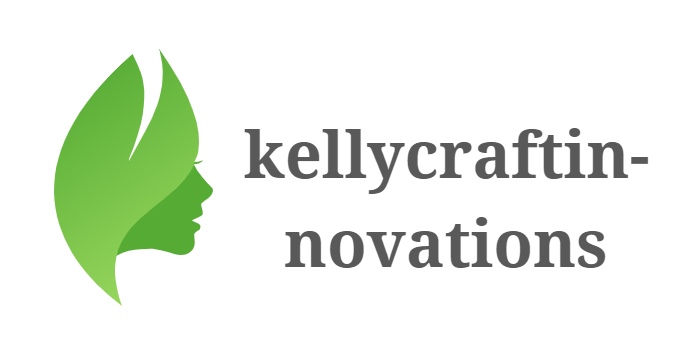As environmental awareness continues to shape consumer choices, the demand for sustainable alternatives reaches every corner of our daily lives, including the classic joy of water balloon play.
Biodegradable water balloons have emerged as a promising solution, offering the thrill of water fights without the ecological repercussions of their traditional counterparts. Among the various materials employed in crafting these eco-friendly orbs, silicon stands out as a versatile and sustainable choice.
In this exploration, we unravel the unique characteristics of silicon, delving into why it has become a preferred material for biodegradable water balloons. For more information about these biodegradable balloons, visit Hiliop.
The Core Material Used In Manufacturing Biodegradable Water Balloons
Silicon has emerged as a key material in the production of biodegradable water balloons, presenting a sustainable alternative to traditional options. Silicon allows for the creation of water balloons in various shapes and sizes, accommodating different preferences and occasions.
Its exceptional build ensures that these eco-friendly balloons withstand the rigors of water play, providing a reliable option for outdoor fun. Significantly, silicon is biodegradable, breaking down naturally over time and leaving behind no harmful residues, addressing concerns about environmental impact.
How Does Silicon Serve As A Suitable Material For Making Water Balloons?
Following are some of the reasons why silicon is supposedly the best material to use in making biodegradable water balloons:
Sustainability
Silicon contributes to the sustainability of biodegradable water balloons by offering an environmentally conscious option. The extraction and production of silicon have a lower ecological footprint compared to non-renewable alternatives, aligning with the broader goals of sustainability.
Versatility
Silicon's versatility makes it an ideal material for crafting water balloons of various shapes and sizes, catering to diverse preferences and occasions. Its adaptable nature allows for innovative designs, enhancing the overall experience of water play.
Long Lasting
Silicon's exceptional durability ensures that water balloons resist premature bursting, providing a reliable and long-lasting option for water balloon fights. The robust nature of silicon contributes to the overall strength of the balloons, making them suitable for dynamic outdoor play.
Flexibility
The flexibility of silicon adds resilience to water balloons, allowing them to withstand the impact of throws and collisions during play. This flexibility enhances the overall user experience, providing balloons that are both durable and enjoyable.
Biodegradability
Silicon's biodegradable nature is a crucial environmental advantage, as it ensures that the material breaks down naturally over time. As a biodegradable option, silicon water balloons leave minimal environmental impact, addressing concerns about plastic waste.
Economical
Silicon's cost-effectiveness makes it a practical choice for manufacturing water balloons on a large scale. The affordability of silicon contributes to making biodegradable water balloons accessible to a broad consumer base, promoting widespread adoption.
Non-Toxic
Silicon is non-toxic, ensuring that water balloons made from this material are safe for both the environment and human health. The absence of harmful substances in silicon enhances the overall safety profile of biodegradable water balloons.
What Other Materials Are Used for the Water Balloon Process?
While silicon plays a pivotal role in the production of biodegradable water balloons, other materials also contribute to the manufacturing process. Natural latex, sourced from rubber trees, is commonly used for fully biodegradable balloons. This material decomposes naturally, leaving behind no persistent plastic waste.
Plant-based polymers, derived from sources like cornstarch or tapioca, provide a sustainable alternative to traditional plastics, ensuring efficient decomposition without harmful residues.
Conclusion
Silicon has emerged as a standout material for crafting biodegradable water balloons. Its unique combination of sustainability, versatility, durability, flexibility, biodegradability, economical attributes, and non-toxic nature positions it as a multifaceted solution to the environmental challenges posed by traditional water balloons.
The journey toward sustainable water balloon play not only transforms the way we engage in outdoor fun but also underscores the importance of thoughtful material selection in shaping a greener future. With silicon leading the way, biodegradable water balloons offer a bridge between enjoyment and environmental stewardship.


